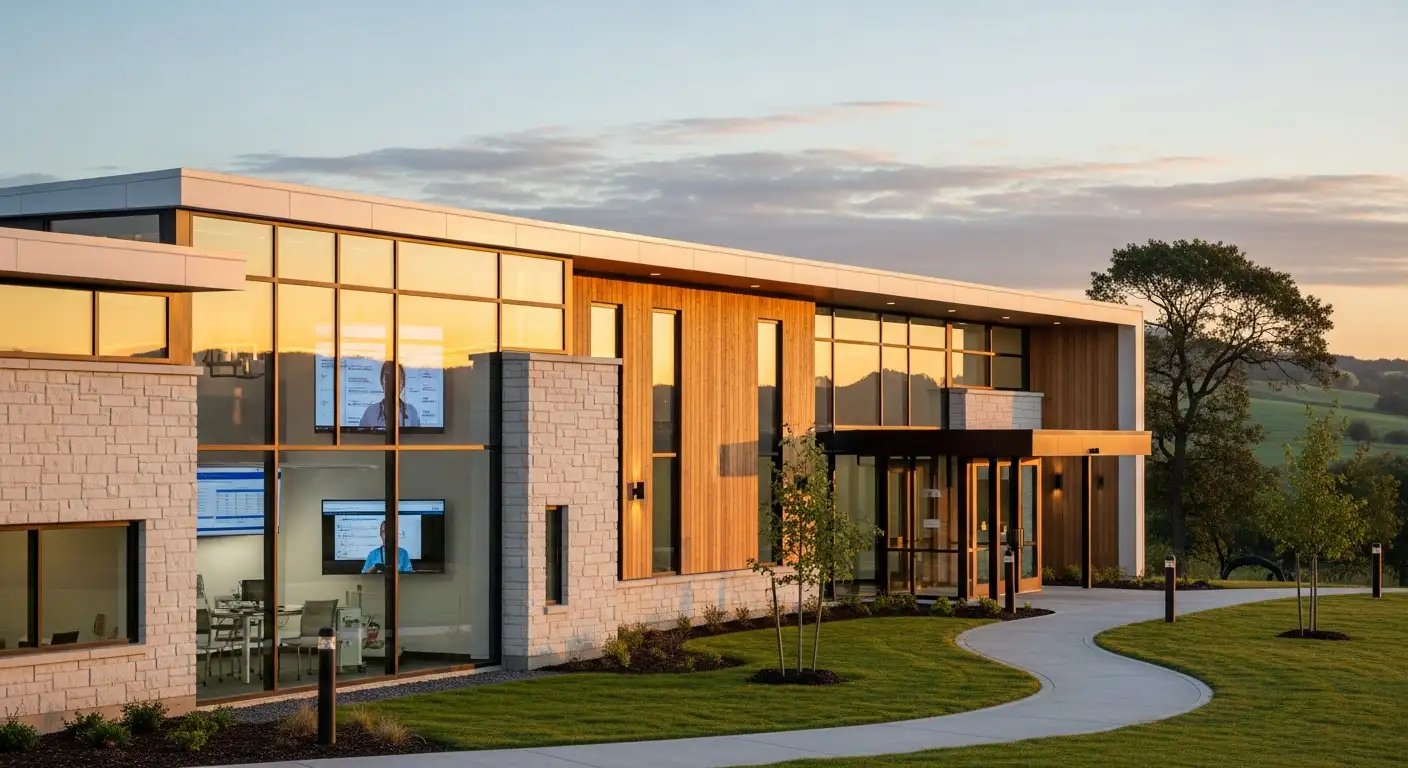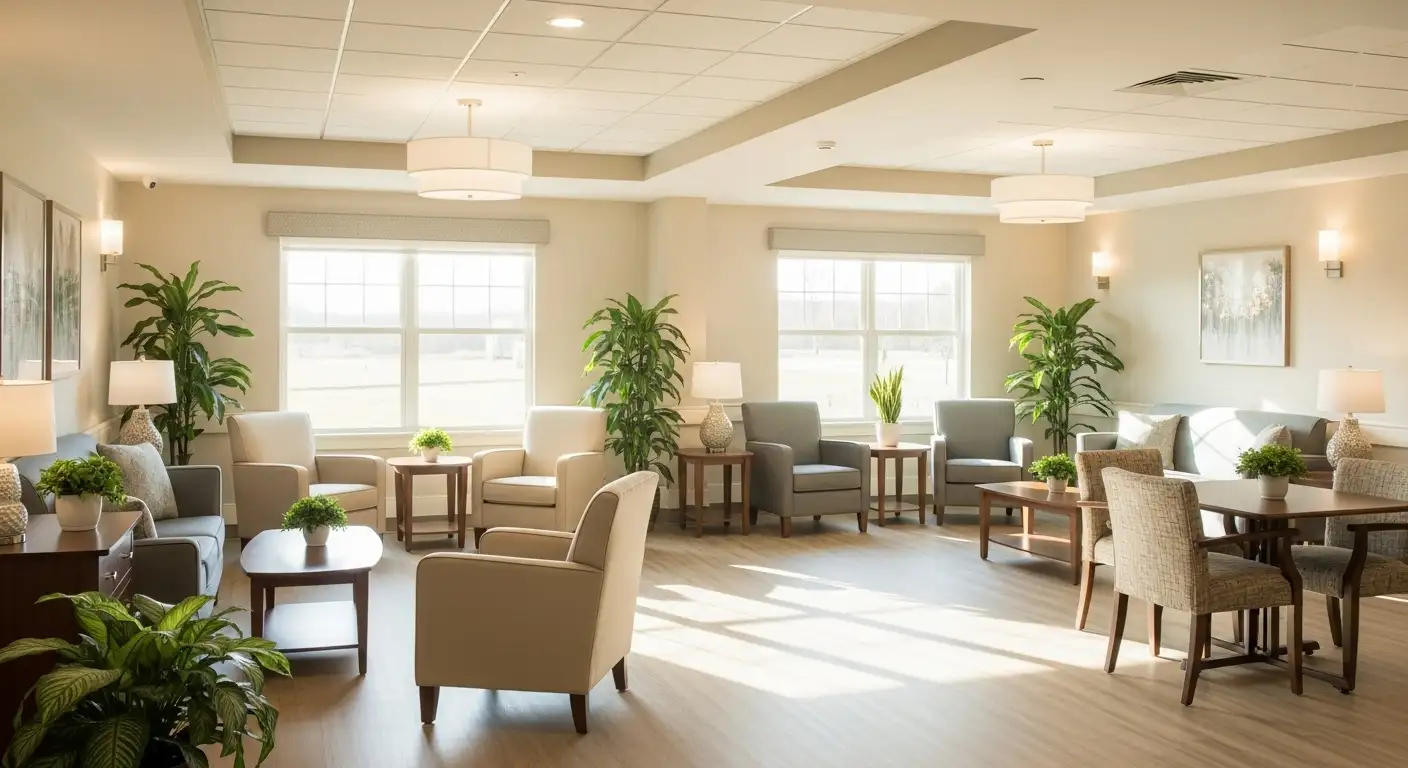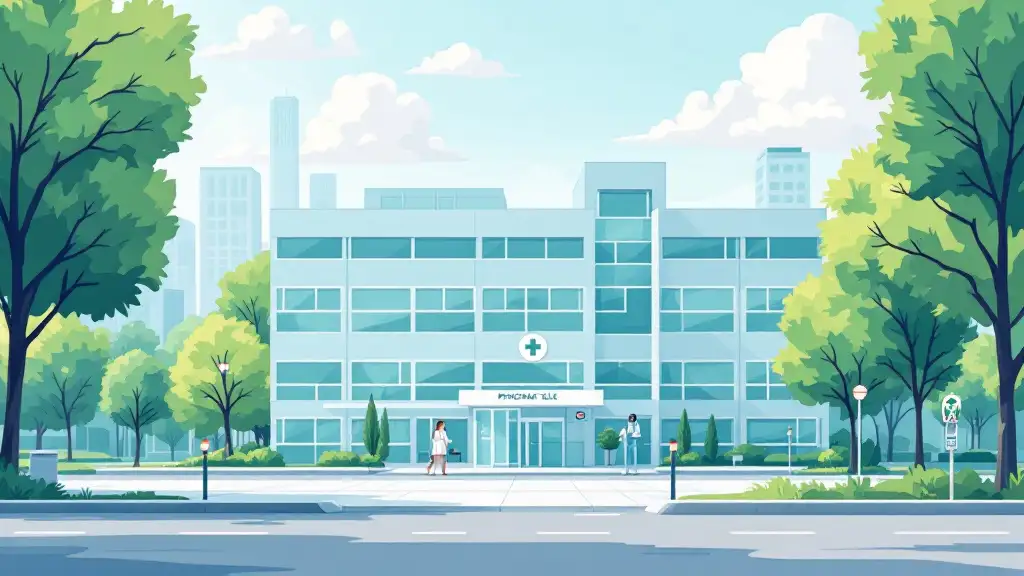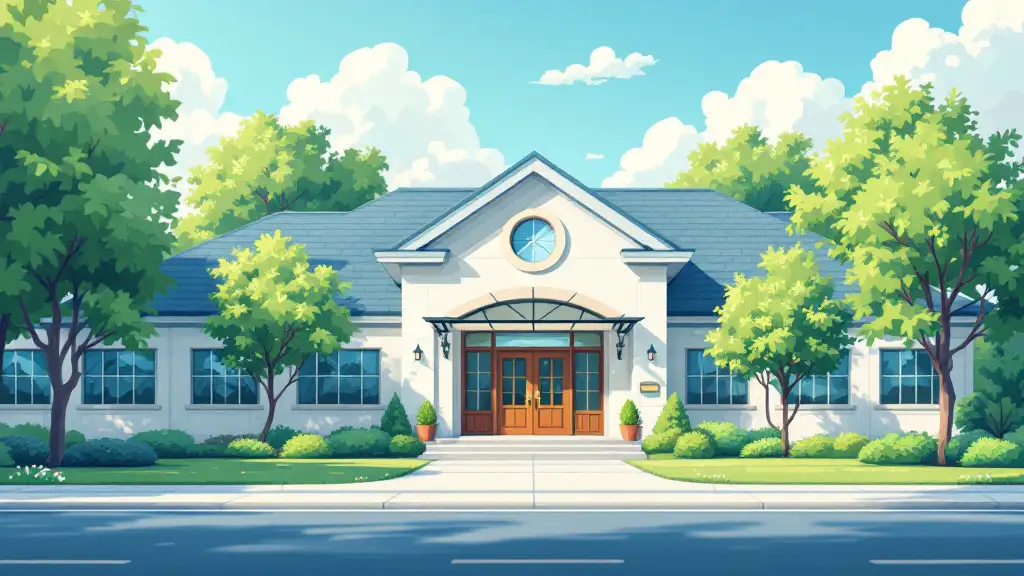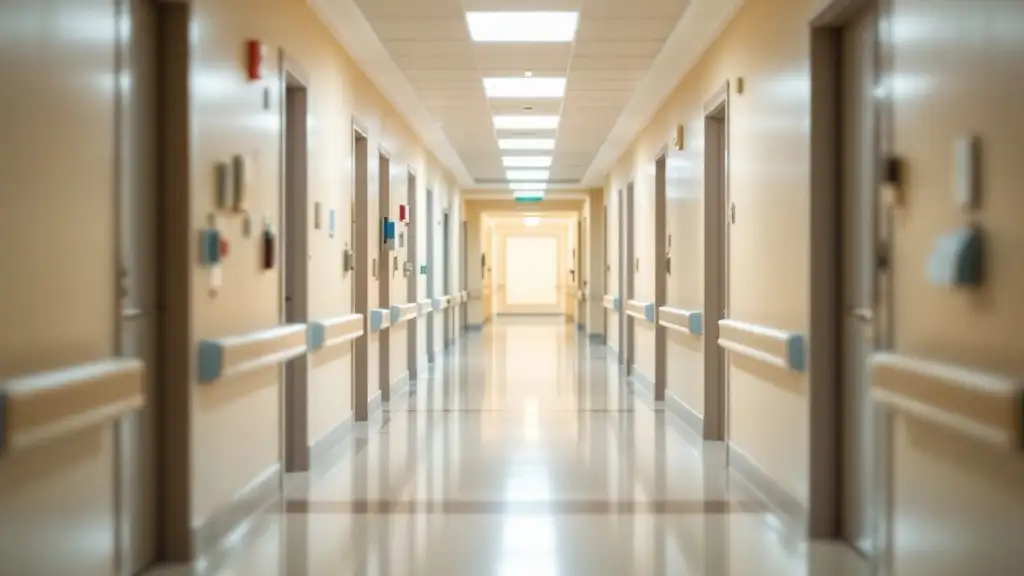Understanding the Scope and Significance of Depression in the Elderly
Depression among older adults is a widespread but often under-recognized mental health condition. Despite its high prevalence, many cases remain undiagnosed and untreated, leading to serious health, social, and economic consequences. This comprehensive overview explores the prevalence, risk factors, symptoms, and the profound impact of untreated depression on physical health, cognitive functioning, and overall quality of life in the aging population.
Prevalence, Risk Factors, and Characteristics of Depression in the Elderly
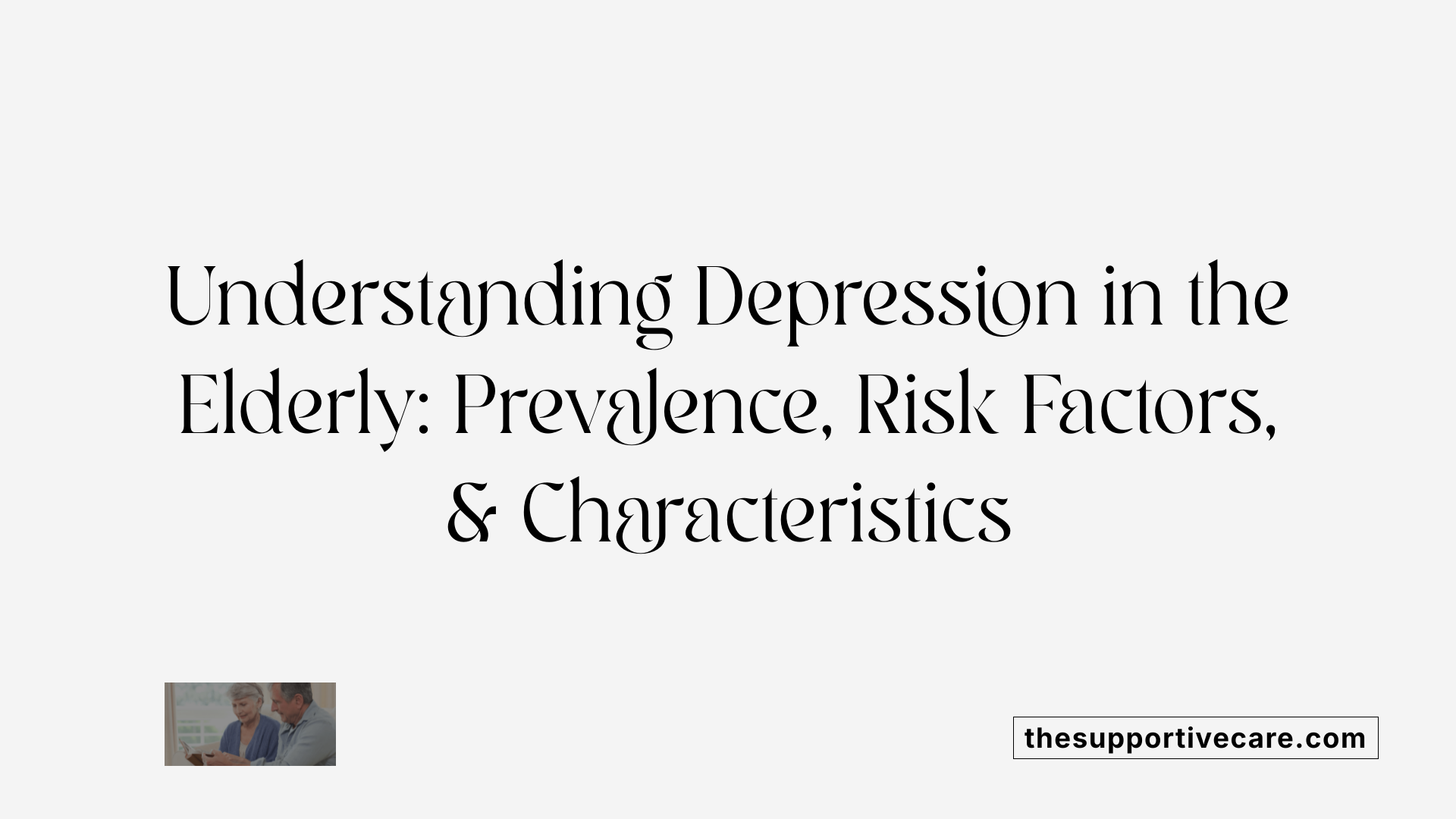 Depression is a common mental health issue among older adults across various populations. Studies indicate that approximately 17% to 40% of elderly individuals experience some form of depression, with prevalence rates differing based on assessment methods and settings, such as community versus long-term care facilities.
Depression is a common mental health issue among older adults across various populations. Studies indicate that approximately 17% to 40% of elderly individuals experience some form of depression, with prevalence rates differing based on assessment methods and settings, such as community versus long-term care facilities.
The risk factors contributing to depression in the elderly are numerous. Social isolation and loneliness are significant, affecting about a quarter of older adults and often leading to depression and anxiety. Being widowed, divorced, or living alone increases vulnerability, as does having multiple chronic illnesses such as diabetes, heart disease, arthritis, and stroke. Certain brain changes, like white matter hyperintensities, are also associated with depression. Gender plays a role, with women being more prone to depression than men. Additionally, poor sleep quality, sensory deficits (like hearing or vision loss), and stressful life events such as bereavement or elder abuse further elevate risk.
Characteristics of depression in older individuals often include somatic and vegetative symptoms, such as fatigue, sleep disturbances (insomnia or hypersomnia), weight changes, and physical pains. Cognitive impairments, including memory difficulties, confusion, and slowed thinking, are also common and can sometimes be mistaken for dementia. These symptoms may be less overt than in younger populations, complicating diagnosis and treatment.
Understanding these prevalence rates, risk factors, and characteristic presentations is crucial for early detection and management of depression in the elderly. Proper recognition and intervention significantly improve outcomes, as depression is highly treatable when identified early.
Symptoms, Causes, and Consequences of Untreated Depression in Late Life

What are the symptoms, causes, and potential consequences of untreated depression in late life?
Untreated depression in older adults often manifests through a range of symptoms that can be easily overlooked or misattributed to aging. Typical clinical signs include persistent feelings of sadness, loss of interest in activities, cognitive difficulties such as forgetfulness or confusion, sleep issues including insomnia or excessive sleeping, and fluctuations in appetite. Physical pains, fatigue, and social withdrawal are also prevalent, making diagnosis challenging.
The causes of depression in the elderly are multifaceted. Biological factors play a significant role, including chemical imbalances involving neurotransmitters and structural changes in the brain. Psychosocial elements such as bereavement, social isolation, chronic health conditions, and significant life transitions like retirement or relocation further contribute to the risk. Medical illnesses such as Parkinson’s disease, cardiovascular problems, and cancer act as both stressors and potential triggers for depression.
Failing to recognize and treat depression can have severe long-term impacts. Physiologically, it can worsen existing health problems, contribute to cognitive decline resembling dementia, and increase overall morbidity. Psychologically, untreated depression elevates the risk of suicide, particularly in older males, and impairs social and functional abilities. Socially, it often leads to isolation and diminished quality of life, creating a cycle that can be difficult to break.
Fortunately, early diagnosis and intervention with therapies such as antidepressant medication, psychotherapy, and lifestyle modifications can substantially improve outcomes. These approaches help alleviate symptoms, enhance cognitive functions, and restore social engagement, highlighting the importance of active screening and treatment to prevent the grave consequences associated with neglecting late-life depression.
Health Effects and Risks of Leaving Depression Untreated in Aging Populations
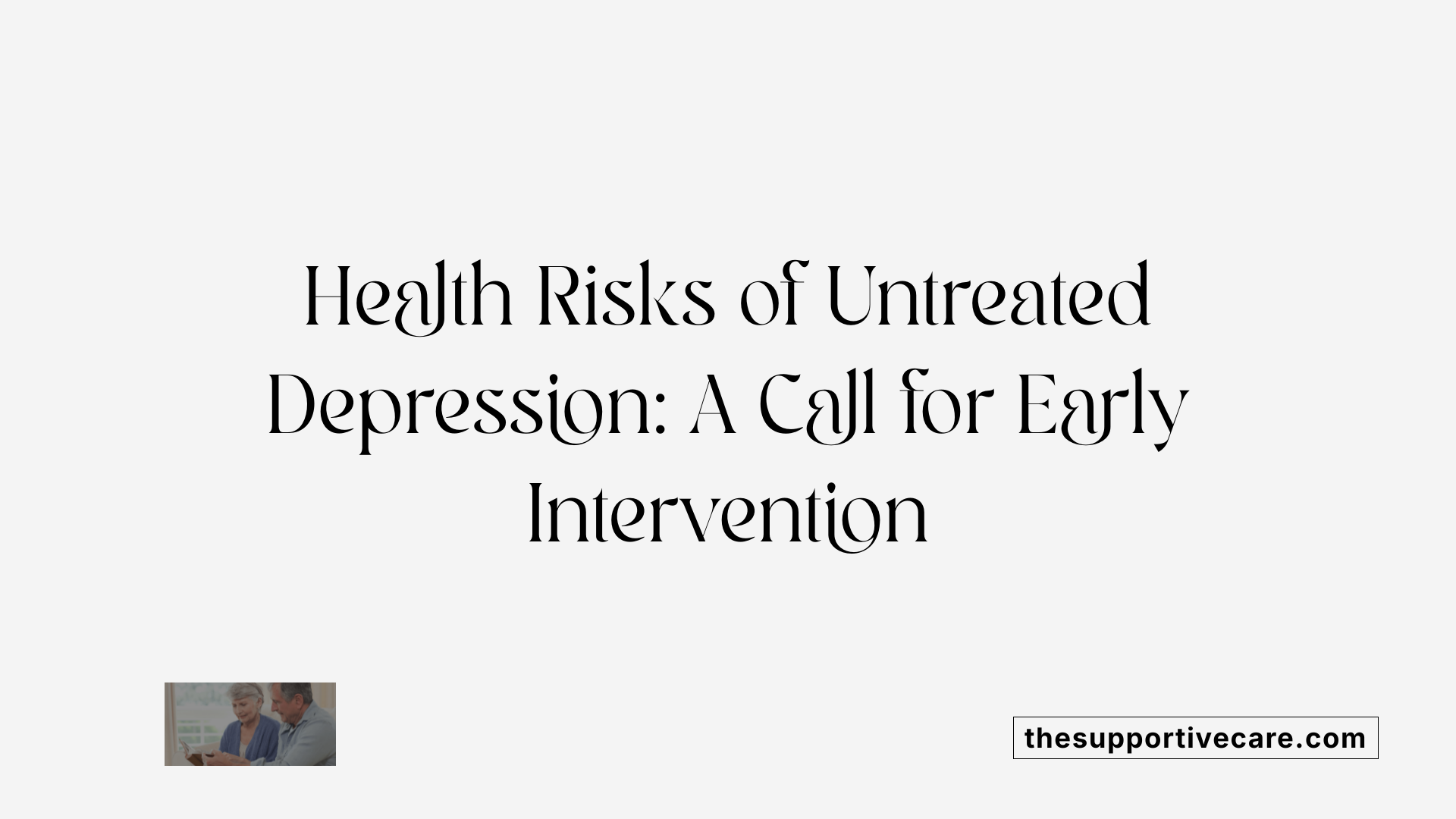
What are the effects and health consequences of untreated depression in the aging population?
Untreated depression among older adults can have severe health implications, including a higher risk of mortality. Studies show a strong correlation between depression and increased chances of death, especially due to suicide, where the risk is significantly heightened.
Physically, depression can lead to a deterioration of overall health. It is associated with worsening chronic illnesses such as cardiovascular diseases, stroke, and diabetes. Symptoms like fatigue, sleep problems, weight fluctuations, and physical pains are common and can decline the individual’s ability to perform daily tasks, further impairing quality of life.
Additionally, depression often exacerbates other health issues by delaying recovery from illnesses and increasing the likelihood of complications. It can also contribute to social isolation and emotional numbness, which in turn aggravate physical health and hinder effective disease management.
Cognitive decline is another detrimental effect, with depressive symptoms sometimes mimicking or accelerating dementia. Left untreated, depression worsens functional capacity, prolongs disability, and shortens lifespan.
Early diagnosis and treatment are crucial in preventing these adverse outcomes. Addressing depression can help improve physical health, enhance recovery prospects for medical conditions, and increase overall longevity, ensuring a better quality of life in old age.
Impact on Quality of Life, Cognitive Function, and Physical Health
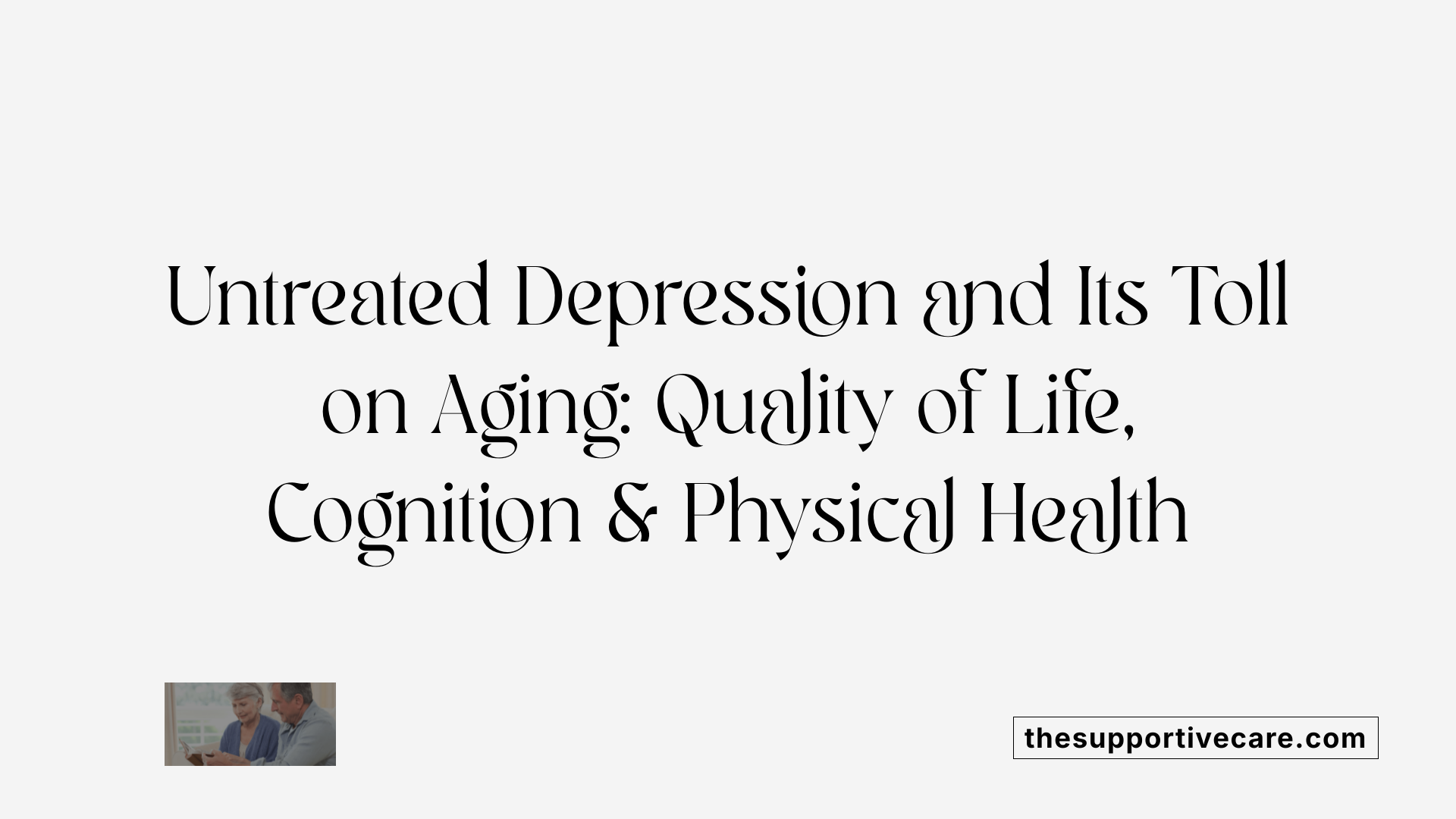 Untreated depression among older adults has profound effects on their overall well-being. It often leads to a decline in daily functioning, with individuals experiencing increased social withdrawal, reduced mobility, and difficulties maintaining personal care. These changes can hinder an older person's ability to perform routine activities, diminishing their independence and quality of life.
Untreated depression among older adults has profound effects on their overall well-being. It often leads to a decline in daily functioning, with individuals experiencing increased social withdrawal, reduced mobility, and difficulties maintaining personal care. These changes can hinder an older person's ability to perform routine activities, diminishing their independence and quality of life.
Cognitive decline is closely linked with depression in this age group. Depression can act as an early indicator or even contributor to dementia, making accurate diagnosis challenging. When depression remains unrecognized and untreated, it can hasten cognitive deterioration, impair memory, and reduce concentration, further complicating health management.
Physical health is also significantly impacted by untreated depression. It can cause or exacerbate sleep disorders, weight fluctuations, and physical pains, such as aches and gastrointestinal problems. Furthermore, depression is associated with worsening of existing chronic illnesses like heart disease, stroke, and diabetes, increasing the risk of complications and mortality.
The strong connection between depression and physical health conditions creates a vicious cycle — worsening health can deepen depression, and vice versa. Recognizing and addressing depression early with therapies such as counseling, medications, or lifestyle changes can mitigate these adverse effects. Effective treatment improves mood, enhances cognitive resilience, and helps manage physical health, ultimately leading to better quality of life for older adults.
Early intervention not only alleviates symptoms but also prevents the progression to more severe health problems, supporting healthier aging and maintaining independence longer.
Barriers to Diagnosis and Treatment of Elderly Depression
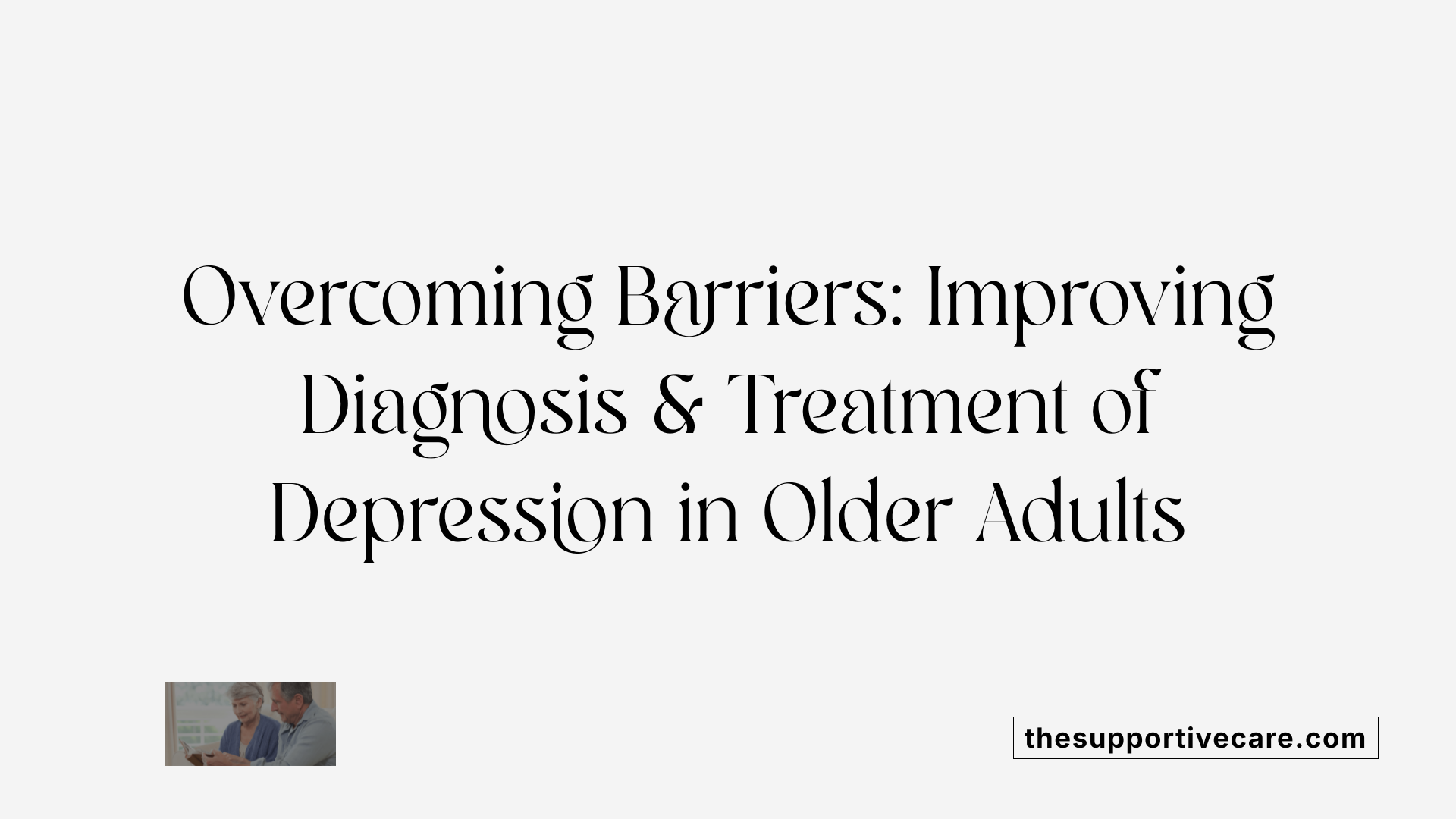
Why is depression in older adults often undiagnosed and untreated, and what are the treatment options?
Depression among older adults frequently remains unrecognized and undertreated. Several factors contribute to this issue. Stigma surrounding mental health, especially in older generations, discourages many from seeking help or openly discussing their symptoms. Additionally, symptoms of depression can be mistaken for normal aspects of aging or attributed to physical illnesses like arthritis, cardiovascular diseases, or neurological conditions.
Healthcare providers may also have limited awareness or training concerning mental health issues in the elderly, leading to missed diagnoses. Older adults may present with nonspecific symptoms such as insomnia, fatigue, or a decreased interest in activities—these signs can be overlooked or wrongly attributed to aging or physical ailments.
Effective treatment options include psychotherapy techniques like cognitive-behavioral therapy, problem-solving therapy, and interpersonal therapy. Medication management often involves prescribing second-generation antidepressants, such as SSRIs, SNRIs, or NDRIs, which are selected based on the individual’s overall health and comorbidities.
A combined approach that integrates medication, psychotherapy, and social support tends to yield the best outcomes. In severe cases, treatments like electroconvulsive therapy (ECT) may be necessary. Early detection and comprehensive treatment plans are essential to reduce the risk of recurrence, improve quality of life, and prevent functional decline in older individuals.
Understanding and addressing these barriers are crucial for improving mental health care for the aging population, ensuring that depression does not go unnoticed or untreated.
Relationship Between Untreated Depression and Immune Aging, Well-Being, and Biological Markers
What is the relationship between untreated depression and health outcomes such as immune aging and overall well-being?
Untreated depression in older adults is linked to serious health consequences that extend beyond mood disorders. It is associated with deterioration of the immune system, often leading to increased susceptibility to infections and slower recovery from illnesses. Scientific studies have identified a connection between long-term depression and accelerated cellular aging, particularly through the shortening of telomeres, which are protective caps at the ends of chromosomes.
Telomeres are biological markers of aging; their length reflects cellular health and lifespan. Chronic depression has been shown to cause significant telomere shortening, roughly equivalent to about seven extra years of biological aging. This process is influenced by increased inflammation and oxidative stress, which damage cells and DNA, promoting early cellular death and aging.
Inflammation and oxidative stress are common in untreated depression, exacerbating physical health problems such as cardiovascular disease, diabetes, and neurodegeneration, including dementia. The biological response to prolonged depression thus accelerates aging at a cellular level and impacts total well-being.
Moreover, untreated depression can elevate inflammatory markers and oxidative stress levels, which further influence cognitive decline and physical deterioration. These changes impair overall resilience, exacerbate existing health issues, and increase risks for mortality and disabilities.
Early recognition and treatment of depression are critical. Effective therapies can help mitigate biological damage, improve immune function, and slow cellular aging. Addressing depression not only alleviates mood symptoms but also enhances physical health, cognitive function, and overall quality of life for older individuals.
Effective Treatments and Interventions for Depression in Older Adults
What are the most effective treatment options for depression in older adults?
Treating depression in older adults involves a combination of approaches tailored to each individual’s needs. Evidence-based psychotherapy, particularly cognitive-behavioral therapy (CBT), is highly effective. Group-CBT programs focus on helping patients modify negative thought patterns, increase social engagement, and develop coping skills.
Medication is also a cornerstone of treatment. Selective serotonin reuptake inhibitors (SSRIs), such as sertraline, are commonly prescribed due to their efficacy and better tolerability compared to older antidepressants. Other options include serotonin-norepinephrine reuptake inhibitors (SNRIs) and medications like mirtazapine. Physicians carefully monitor for side effects, as older adults may be more susceptible to issues like falls, blood pressure abnormalities, or drug interactions.
For severe or resistant cases, advanced therapies like electroconvulsive therapy (ECT) or transcranial magnetic stimulation (TMS) are considered. ECT is particularly useful in cases of high suicidality, psychosis, or when other treatments fail.
A comprehensive approach combining psychotherapy, medication, lifestyle changes like increased physical activity, and social support yields the best outcomes. Regular assessment and adjustments ensure optimal treatment effectiveness.
Early detection through routine screening and personalized treatment plans significantly enhance the quality of life in older adults affected by depression. This integrated, multidisciplinary strategy offers hope for effectively managing depression and preventing its negative impacts.
Moving Forward: Addressing a Silent Crisis in Elderly Mental Health
Recognizing and effectively treating depression in the aging population are vital steps towards enhancing quality of life and health outcomes for older adults. Overcoming barriers like stigma, increasing awareness among healthcare providers, and implementing comprehensive, patient-centered treatment plans can reduce the burden of untreated depression. As the global population ages, integrated approaches that include psychosocial support, medical treatment, and community engagement will be essential to counteract the profound and often overlooked impact of depression on the elderly. Early intervention not only alleviates suffering but also mitigates the risk of cognitive decline, physical deterioration, and premature death, paving the way for healthier, more fulfilling aging.
References
- Unrecognised depression among older people: a cross-sectional ...
- Untreated depressive symptoms significantly worsen quality of life in ...
- What is the prevalence of untreated depression and death ideation ...
- Side Effects of Untreated Depression - WebMD
- Mental Health & Aging Facts | Psychiatry | U of U School of Medicine
- Is Depression Common in Older Adults? - National Council on Aging
- Depression and Aging | Healthy Aging - CDC
- Depression in Older Adults | CAMH
- Depression (major depressive disorder) - Symptoms and causes
- Depression and ageing | Better Health Channel








